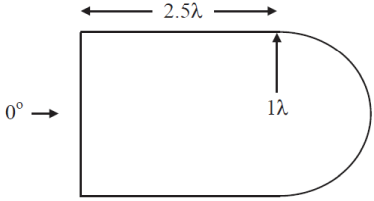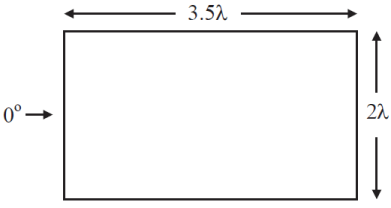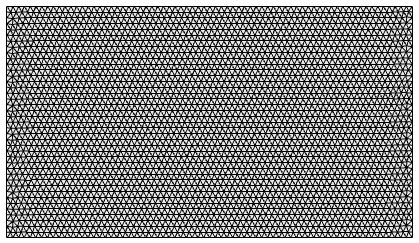
[ Overview |
lucernhammer MT |
Serenity |
Onyx |
Galaxy |
Orion |
Lyra |
Emerald |
Sapphire ]
[ lucernhammer RCS Server |
Benchmark Data |
FAQ |
Ordering Information ]

[ Overview |
lucernhammer MT |
Serenity |
Onyx |
Galaxy |
Orion |
Lyra |
Emerald |
Sapphire ]
[ lucernhammer RCS Server |
Benchmark Data |
FAQ |
Ordering Information ]
EMCC Plate Benchmark Targets
On this page are presented simulated RCS data for the EMCC benchmark plate radar targets that were described and measured in the following paper:
A. C. Woo, H. T. G. Wang, M. J. Schuh, and M. L. Sanders, "Benchmark plate radar targets for the validation of computational electromagnetics programs," IEEE Antennas Propagat. Magazine, vol. 34, pp. 52–56, December 1992.
Because tip and edge diffractions were of primary interest in that paper, the measurements were performed using a conical cut 10 degrees from the plane of each target. The test articles were fabricated from aluminum foil or thin pieces of high-density foam coated with conducting paint.
All the plate radar targets are considered to be perfectly electrically conducting (PEC). For each of the facet models used here, we constructed a thin sheet of planar facets, and for the MoM simulation, the EFIE was used. It should be noted that since these facet models (and the corresponding number of edges and unknowns) are quite small, they could be easily handled using a full-matrix MoM solver. Regardless, in Serenity we use the Adaptive Cross Approximation (ACA) in each case. Users of Serenity can enable a full-matrix mode by setting the number of groups to "1'' in each input file.
All facet models below have dimensions of wavelengths, and the frequency for each run is set to 0.3 GHz.
Monostatic RCS is computed in each case at an elevation of 10 degrees, for azimuth angles between -180 and 180 degrees. In the plots below, the measurements were shifted in angle slightly to align them with the results from Serenity.
Original Rhinoceros 3D models are provided for each object, however these may contain just the bounding curve, or a portion of the 3d surface, etc. If you want to construct a mesh from these models, additional work may be needed, as well as exporting into a meshing tool of choice. All meshes below were made using Altair Hypermesh.
All calculations were performed on a Dell Precision T7900 workstation running Ubuntu Linux, with dual twelve-core Intel Xeon CPUs (E5-2690 v3) at 2.6 GHz with 256 GB of RAM, and dual NVIDIA GTX 1080Ti GPUs, each with 12GB of onboard RAM. Serenity utilizes both GPUs.

|

|
| Wedge Cylinder Dimensions (Wavelengths) | Wedge Cylinder Facet Model Detail |

|

|
| Wedge Cylinder VV RCS | Wedge Cylinder HH RCS |
The comparisons are very good for both polarizations, but are noticeably better in the horizontal case. In the original paper, the measurements were adjusted by 2dB before plotting, however that adjustment was not made here.

|

|
| Wedge-Plate Cylinder Dimensions (Wavelengths) | Wedge-Plate Cylinder Facet Model Detail |

|

|
| Wedge-Plate Cylinder VV RCS | Wedge-Plate Cylinder HH RCS |
The comparisons are very good for both polarizations, but slightly better in the horizontal case.

|

|
| Plate Cylinder Dimensions (Wavelengths) | Plate Cylinder Facet Model Detail |

|

|
| Plate Cylinder VV RCS | Plate Cylinder HH RCS |
The comparison here quite good, however the measurement in vertical polarization has a higher amplitude than expected for azimuths between −45 ≤ θ ≤ 45 and 100 ≤ θ ≤ 160 in Figure 8.33e, the cause of which is unknown.

|

|
| Business Card Dimensions (Wavelengths) | Business Card Facet Model Detail |

|

|
| Business Card VV RCS | Business Card HH RCS |
The comparison is very good for horizontal polarization, though the computed results are lower than the measurement for vertical polarization, which was also noted in the original paper.